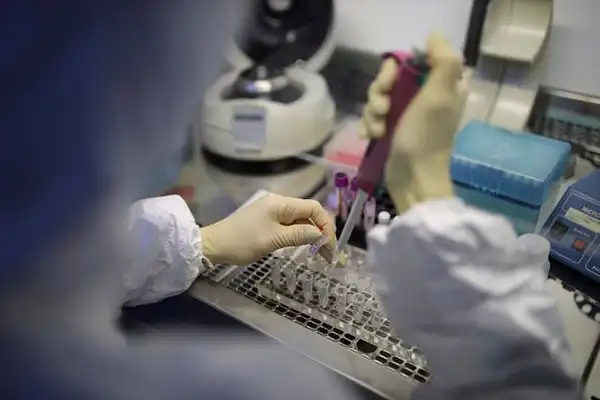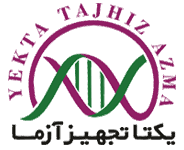Function of a Tris Buffer in DNA Extraction

What Is the Function of a Tris Buffer in DNA Extraction?
Tris, or tris(hydroxymethyl) aminomethane, is a collective biological buffer, used during the DNA extraction method. Throughout extraction from any number of sources, DNA is pH sensitive. In cell lysis, removal of unwanted cellular components and precipitation, tris is used to keep a stable pH. Moreover, it plays a mainly important character in cell lysis.
Tris as a Buffer
As pH can affect and be influenced by a number of cellular issues, keeping a stable pH is vital to experimental science. Biological buffers, like tris, are significant because they can keep a stable pH in spite of effects that might otherwise shift the pH. Tris(hydroxymethyl) aminomethane, with a pKa of 8.1, is an operative buffer between pH 7 and 9. Because of its neutral range, tris is a usually used buffer in biological labs. Though, tris buffer is temperature sensitive and should be used at the temperature at which it was initially pHed to avoid mistakenness.
Lysis of Cells
Lysis, or breaking the cells, is the first step of DNA extraction. This is done by a buffer containing tris and EDTA (ethylenediaminetetraacetic acid). In this process EDTA binds divalent cations such as calcium and magnesium. Since these ions help keeping the integrity of the cell membrane, removing them with EDTA destabilizes the membrane. Tris is the main buffering component; its principal role is to preserve the pH of the buffer at a stable point, usually 8.0. Moreover, tris probable relates with the LPS (lipopolysaccharide) in the membrane, serving to destabilize the membrane further.
Tris Protects the DNA from pH Shifts
When Lysis of cells are done, their DNA and contents spill into the buffer. Furthermore, RNase A (destroys RNA), proteases (destroys proteins), and SDS (sodium dodecyl sulfate, solubilizes the membrane fragments) are frequently included. Taken together, this soup of cellular contents and fragmented RNA and proteins can have a big influence on the pH of the solution. Because DNA is pH sensitive, it is significant for tris to buffer the soup and maintain the pH at a steady point.
DNA Precipitation
Eventually of this process, the DNA itself is extracted from the solution. At this point, the DNA is soluble in the buffer. To extract from the solution, the DNA is made unsolvable by adding ethanol or isopropanol (isopropyl alcohol). When this is done, the DNA become obvious in solution as a white substance. While DNA may be isolated from the remaining cellular components in this way, it is not “usable” when it is insoluble. After isolation, the alcohol is eliminated, and DNA must be returned to a biological buffer, like tris. Actually, extraction of DNA is generally done in research labs using commercial available kits, so then Yekta Tajhiz Azma as a leading company of most useable and serviceable molecular biology reagents in Iran can help you to choose best. You can also refer to following product: Blood Genomic DNA extraction mini kit | Tissue Genomic extraction mini kit



